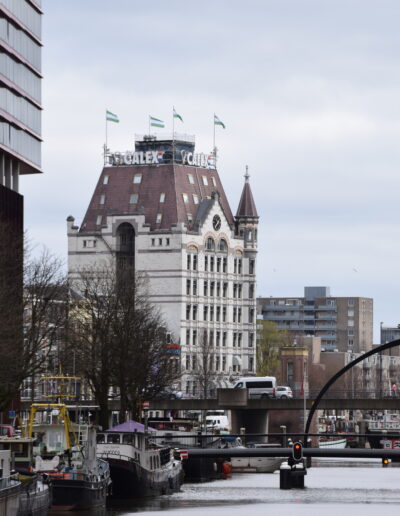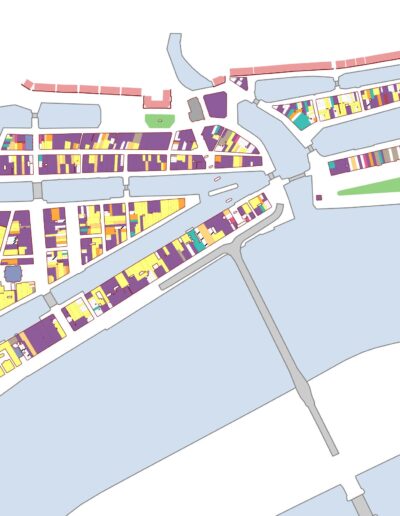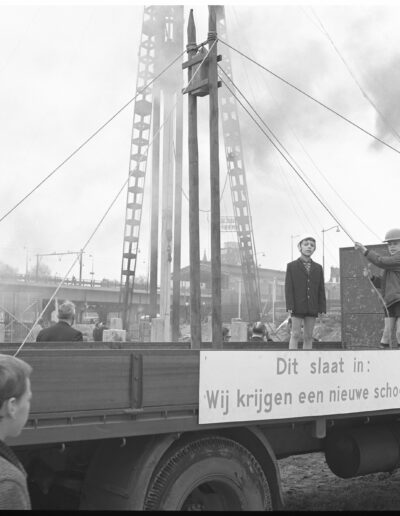The memory of Rotterdam: Analyzing the spatial and cultural evolution in the Maritime District before and after World War II
Timo Van den Broeck
Master Erfgoedstudies
2023 — 2024
onderzoek
promotor
Piraye Hacigüzeller
The memory of Rotterdam: Analyzing the spatial and cultural evolution in the Maritime District before and after World War II
This research delves into the spatial and cultural evolution that the Maritime District in Rotterdam experienced after the bombings on 14 may 1940. This will be done in an historical and cartographic analysis, the latter via GIS, so the spatial structure can be compared from before and after the war.
“The Maritime District of Rotterdam presents a fascinating case of an urban landscape that has undergone significant transformation, both before and after the bombing of the city during World War II. Like many other areas, the district suffered substantial losses in its original cityscape but reinvented itself within a modern framework in the post-war era. From a heritage perspective, the area provides numerous examples of heritage creation that emerged after the war, reflecting a period of reconstruction where people had the opportunity to recreate spaces with a blend of nostalgia and modernity, while also preserving the places that survived the bombing.
This research examines the historical development of the Maritime District, from its beginnings to its projected future evolution, with a particular focus on the period immediately preceding the war. This time frame offers valuable insights into the nostalgic foundations that influenced post-war reconstruction. Utilizing GIS, historic cartographic sources, and databases, we created an accurate map of the district before the war, highlighting various aspects such as building functions and population distribution. This approach will provide a clearer understanding of how the district’s inhabitants lived, worked, and interacted with their spaces. Additionally, a closer examination of specific sub-areas within the district during this period will reveal the diverse approaches to the city’s reconstruction, reflecting the unique character of each area.”



